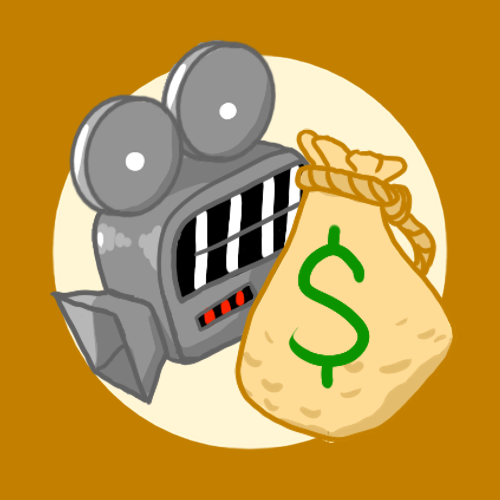SXSW announces sponsorship by NFT studio, students discuss impact and intent
March 23, 2022
Editor’s Note: This article first appeared in the March 11, 2022 SXSW flipbook.
In January 2022, South by Southwest announced its plans to collaborate with sponsor, Fox Entertainment’s new unit — Blockchain Creative Labs — to introduce NFTs to the usual festival activities. While an innovative endeavor, many still question the essence, integrity and sustainability of NFTS.
The Daily Texan set out to understand what NFTs are, how they will be used at SXSW 2022 and what students think of them.
WHAT ARE NFTs?
NFTs, or non-fungible tokens, are one of the newest popularizations of the cryptocurrency scene. According to Forbes, since 2017, more than $174 million has been spent on NFTs, which essentially represent a unique vessel for a physical or nonphysical object that can be signified through media such as art, movies or video games. At its core, an NFT is a means of ownership according to Business Insider, and NFT proponents, such as those at Blockchain Creative Labs, believe it will hail a new sense of autonomy for individuals. However, some UT students have expressed concerns about the toll producing and validating NFTs will take on the environment.
WHAT ROLE WILL NFTs PLAY AT SXSW THIS YEAR?
Leading the charge on Blockchain Creative Lab’s end, Melody Hildebrandt, chief information security officer of Fox Corporation and president of Blockchain Creative Labs, said the NFT venture is intended to bring a new level of accessibility to artists at SXSW. At their on-site 5th Street location at Trinity Hall, anyone can come and mint their own NFTs.
“South By embodies so much of what (the Web 3.0 revolution) is about: creators, filmmakers and musicians connecting with audiences,” Hildebrandt said. “It’s creativity and technology — coming together, it just felt perfect.”
WHAT DO STUDENTS THINK ABOUT NFTs?
Sustainability studies sophomore Seth Amaradasa said he believes NFTs will be an asset for young creatives and aspiring filmmakers like himself, who worry about the obstacle of independently funding their projects.
“It’s really refreshing,” Amaradasa said. “NFTs (are the) decentralization of (marketing influence), anything can be put directly in the creator’s hands. They are circumnavigating the need to go through major companies or government entities to do anything on the internet.”
Conversely, environmental science freshman Tina Feng said she feels that the cons of NFTs surpass potential benefits. Feng said that while she is not an expert in the growth of cryptocurrency, she is against what NFTs stand for and the harm they cause.
Mining cryptocurrency, such as NFTs or Bitcoin, requires intense amounts of energy and releases significant amounts of carbon dioxide. According to a 2018 study by Nature Sustainability, the process of accessing the technology platform where NFTs exist demands electricity comparable to Ireland’s 5 million residents —around 26.5 terawatt-hours of electricity a year.
“There’s no reason to justify the power used to create (NFTs), except that some people are profiting off of it and getting rich,” Feng said. “It’s such a select few. We would be fine without entities in crypto.”
Amaradasa said he is hopeful that there are ways around the negative impacts of NFTs, and the energy can potentially be used in new ways.
“We have so many things on our electrical grid already,” Amaradasa said. “The contribution of cryptocurrency might be large, but it’s part of an electrical grid which can be converted to renewable sources.“
While Blockchain Creative Labs says it is utilizing specific blockchains that are more environmentally conscious, Feng said she still harbors concerns about the choice to partake in propagating NFTS.
“(NFTs) use more electricity than people think,” Feng said. “I think it’s shameful because … we are already doing so much to harm the environment, and this is just the icing on the cake.”



